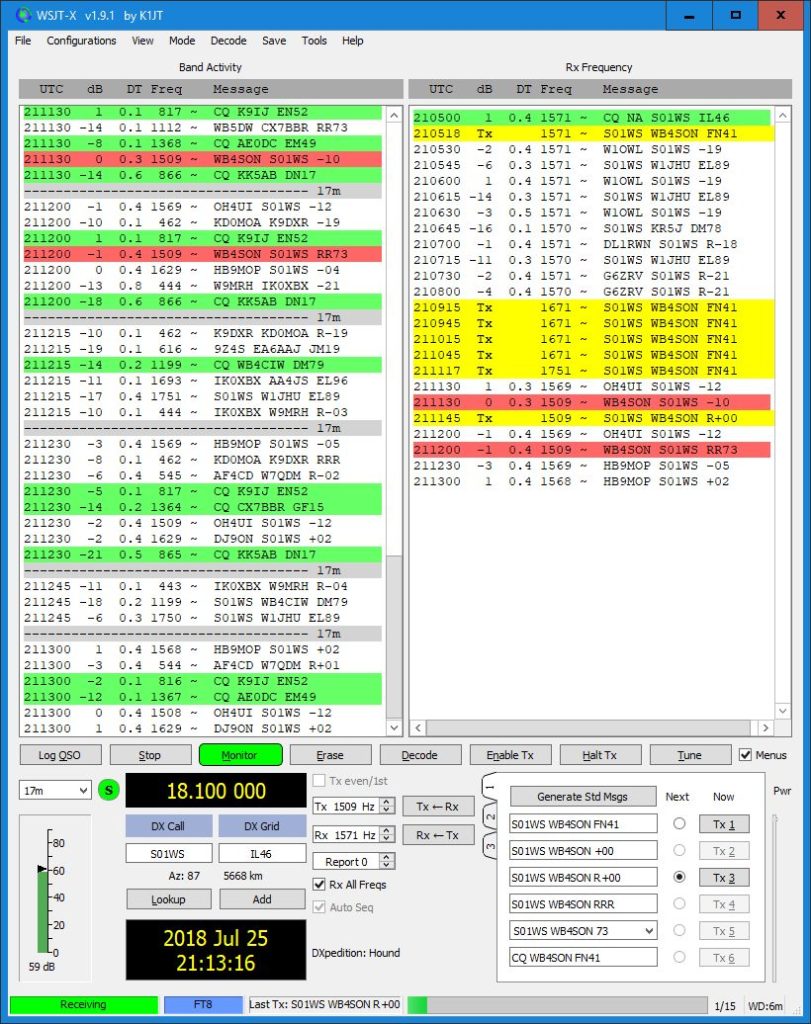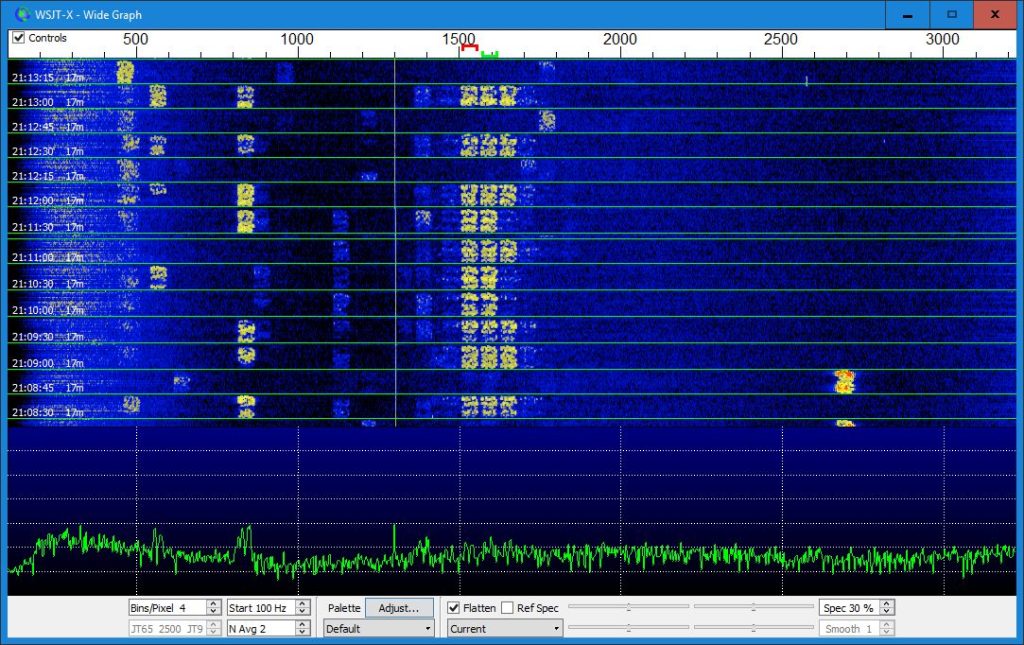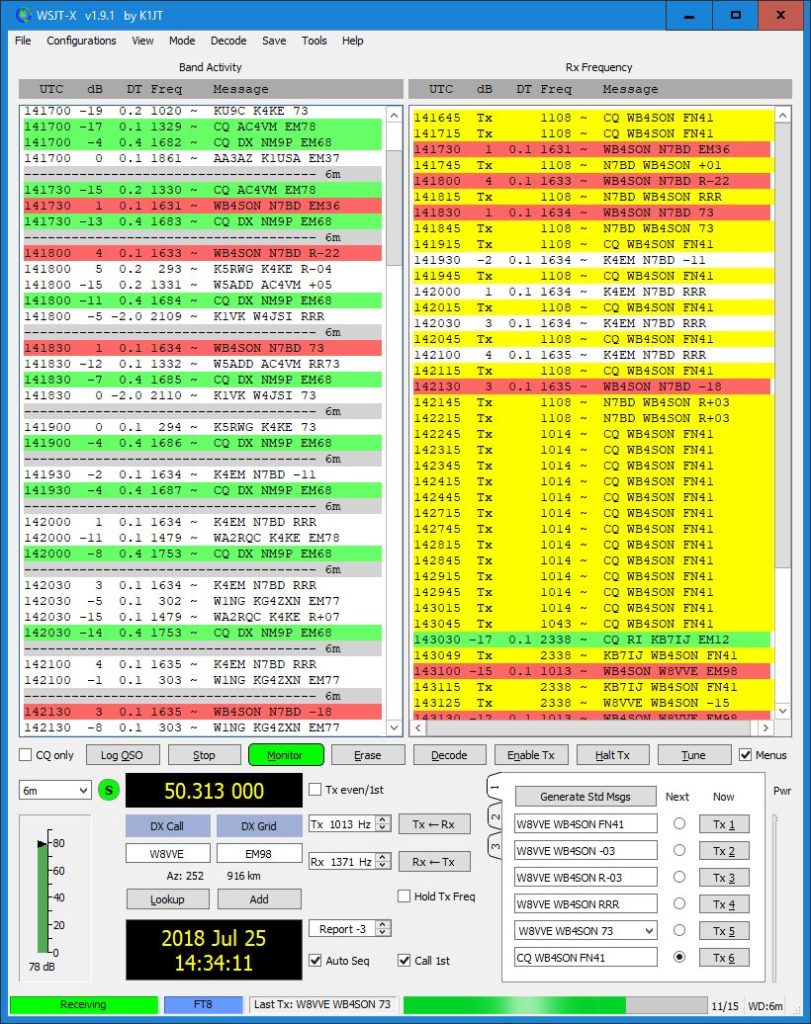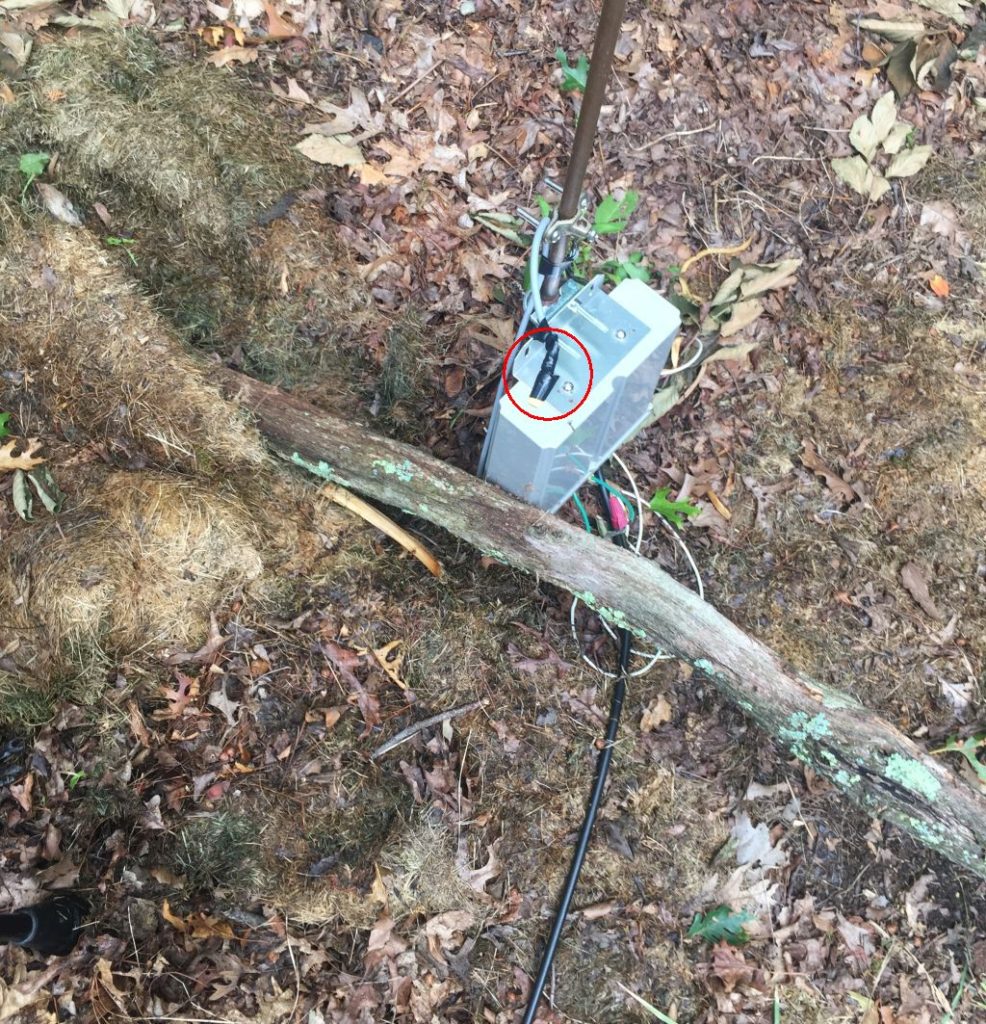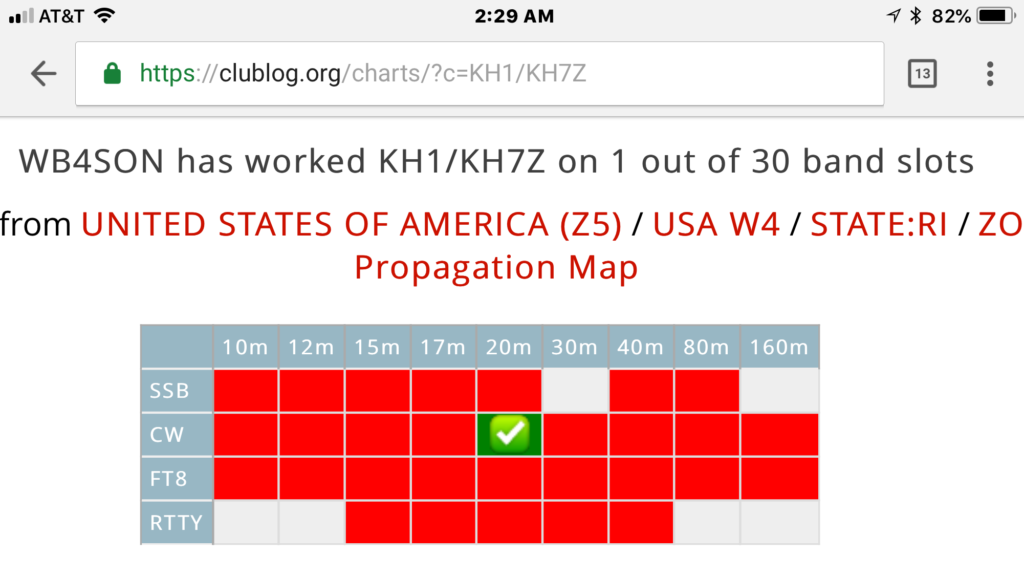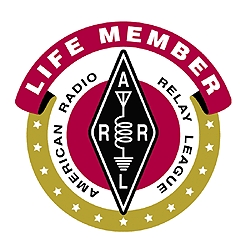So I have a rule about keeping all my WB4SON Blog comments about radio. Keeps me on topic and away from controversial subjects, which is a good thing. In the very sad news department, my constant companion Lily, our 14-year old English Springer Spaniel, departed the world just before noon today. I wanted to write something about her, as I was thinking of the number of cold nights she would be curled up warming my feet as I sat in front of my radio in the basement. But it just didn’t seem right. So I had no plan to write anything.
About 10 weeks ago, I had developed a minor medical issue that made it quite difficult to get up/down the basement stairs, and in mid June we became aware that Lily was terminally ill. These things pretty much kept me off the air. After an unbelievably fantastic final month (lots of walks, trips to her favorite places, huge quantities of bacon, etc.) Lily let us know yesterday that it was her time, and we made arrangements for her this morning.
After returning from the Vet, a friend contacted me to help him check out his new antenna, so I turned on my radio gear and verified his antenna was working. But, as was my practice, I left the radio and computer on, figuring I would come downstairs later today — a distraction from missing Lily.
At about 3:15 today, our Nest Smoke Alarms blared into alert: “Emergency, emergency, there is smoke in the basement”. Knowing the radio was on, I had my daughter grab the fire extinguisher, and we headed downstairs (after being sure there wasn’t a blazing fire at the bottom of the steps). The smell of burning electronics was quite strong, and as we entered the radio room, we could see a column of thick, black smoke rising from the top mounted PC fan — the computer was literally on fire. I snatched cables off it, and we could see flames shooting out the back of the DVD burner, which was at the top of the tower. After getting the computer outside, I pulled the DVD burner out, and eventually the flame died out. With the exception of that drive and some cables that were burned by the flame, the rest of the computer may well be OK — time will tell.
I can only think that our dog Lily wanted to be sure that I wasn’t distracted by my radio and would be thinking of nothing but her today. So it goes.

Flames were shooting out the back of this BlueRay writer. Note all the burned plastic. Drive was not in use at the time.

